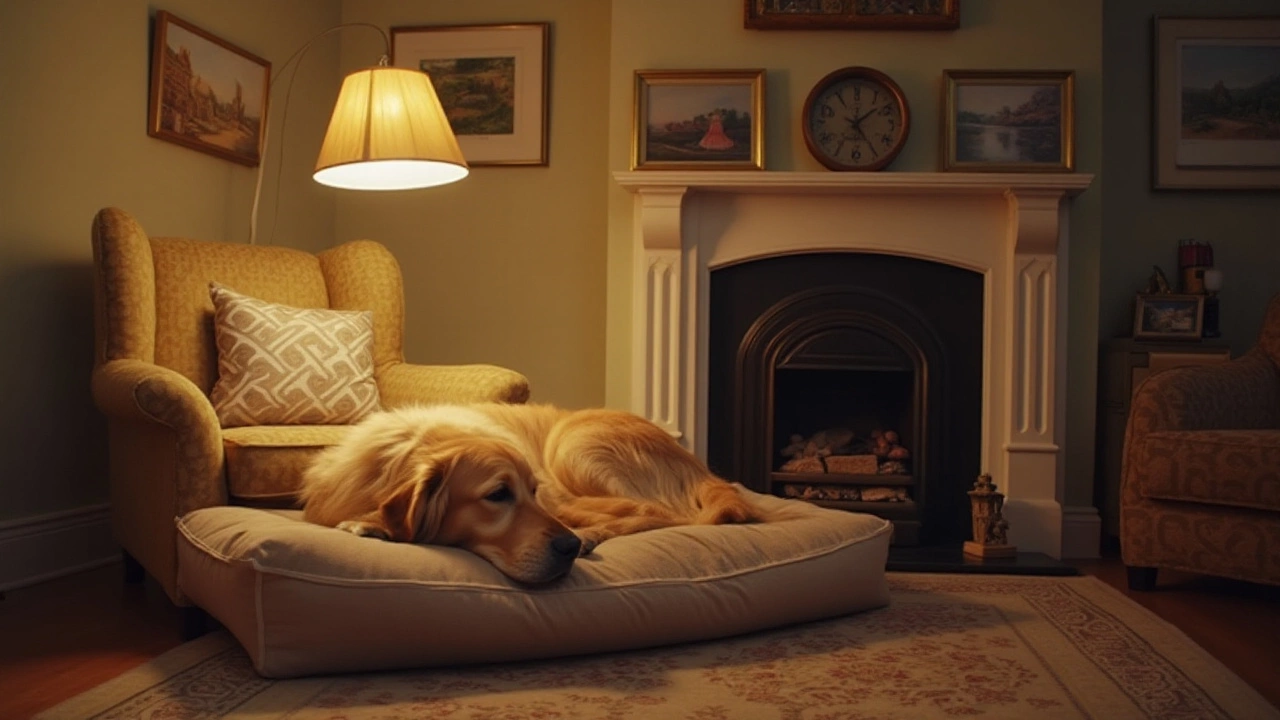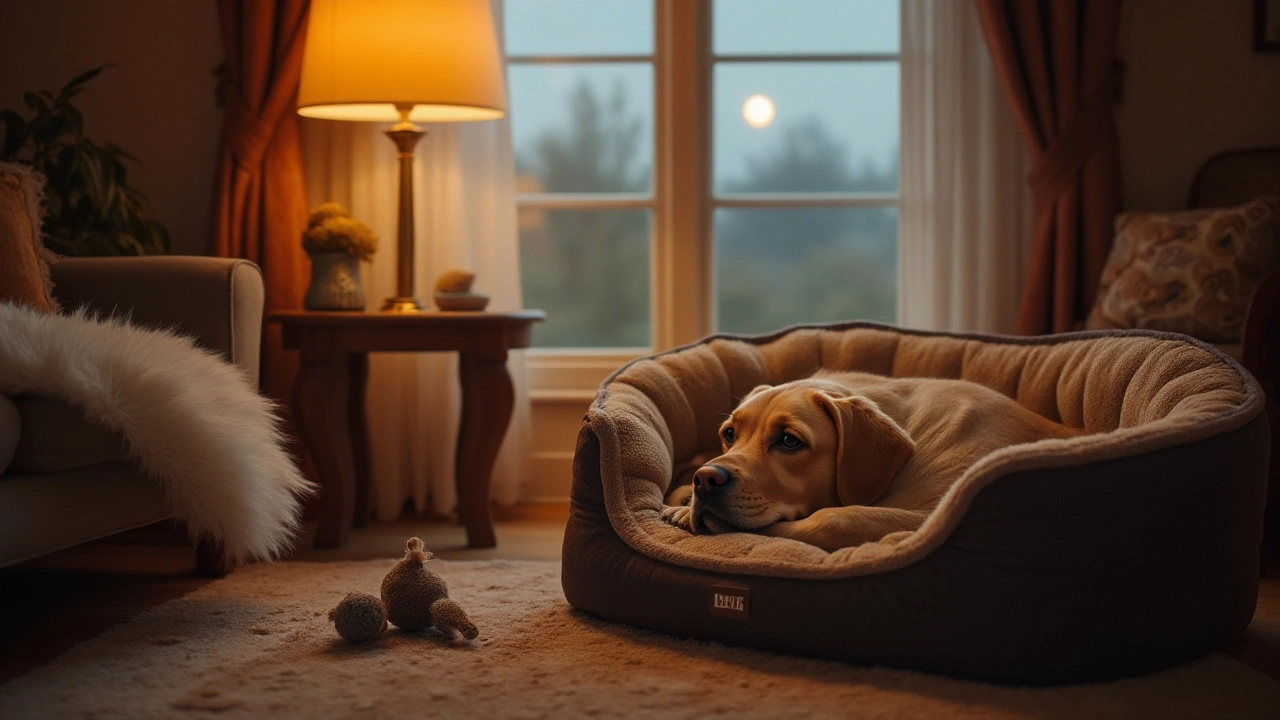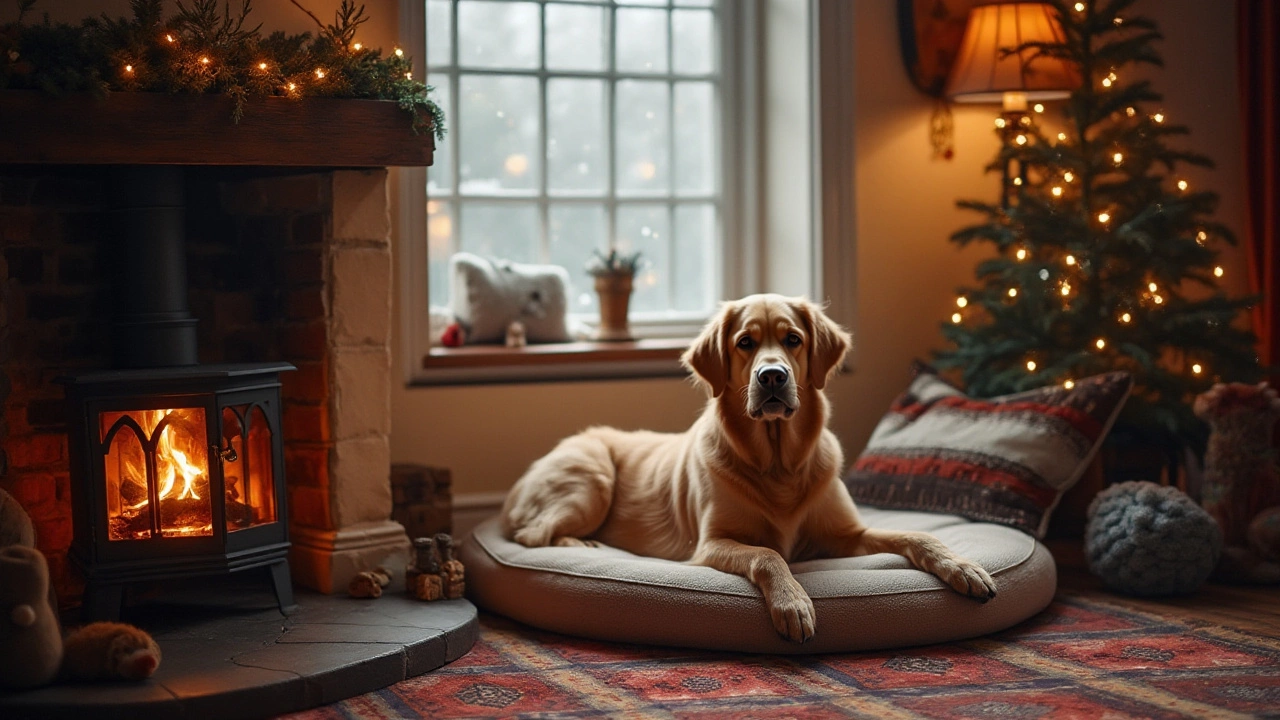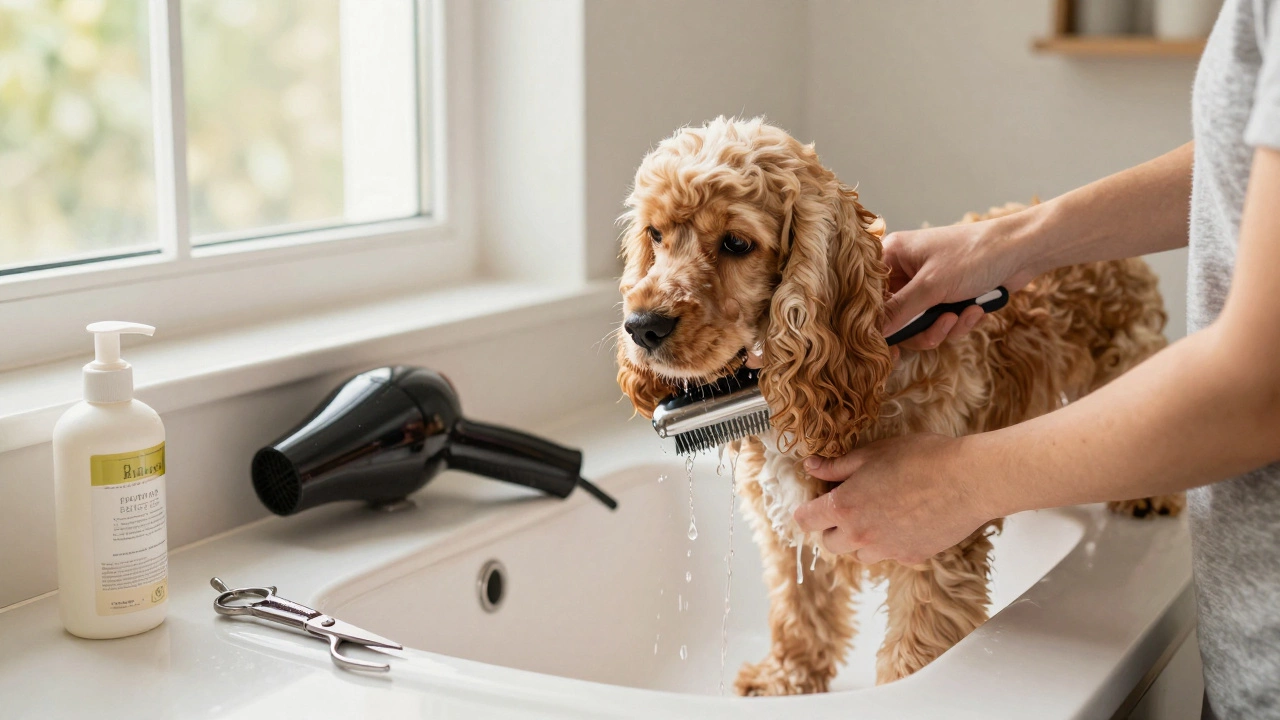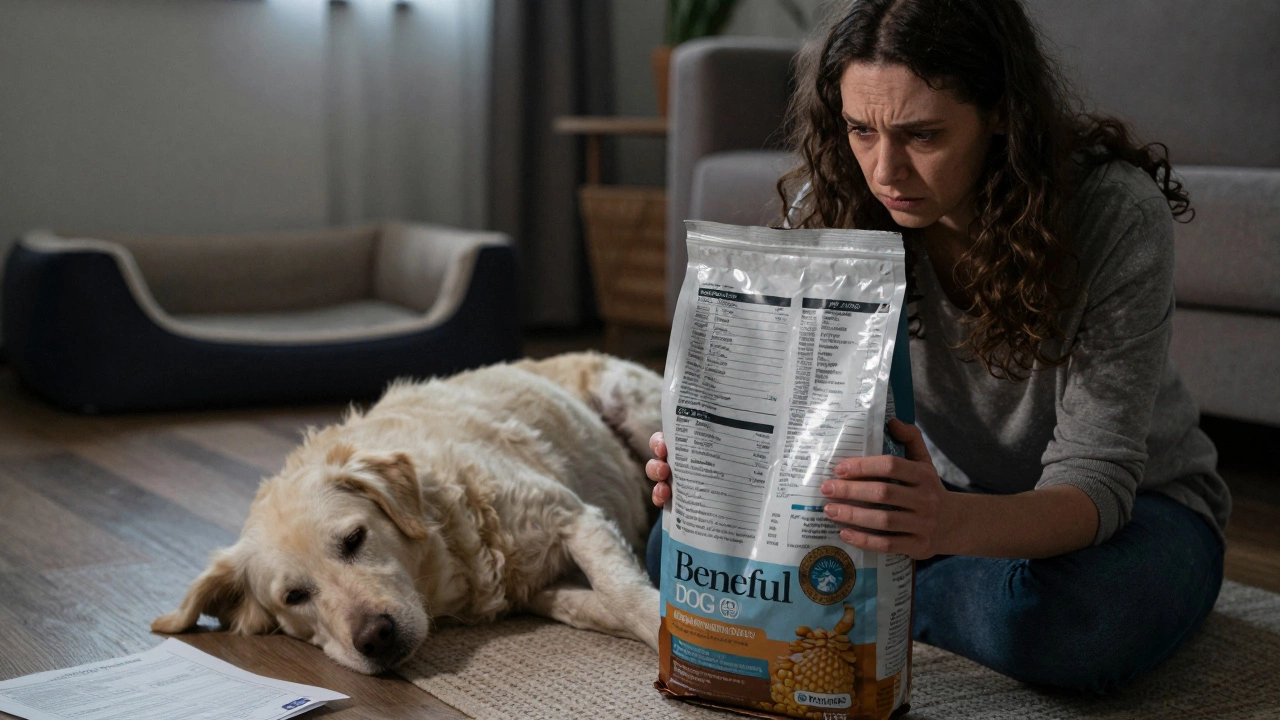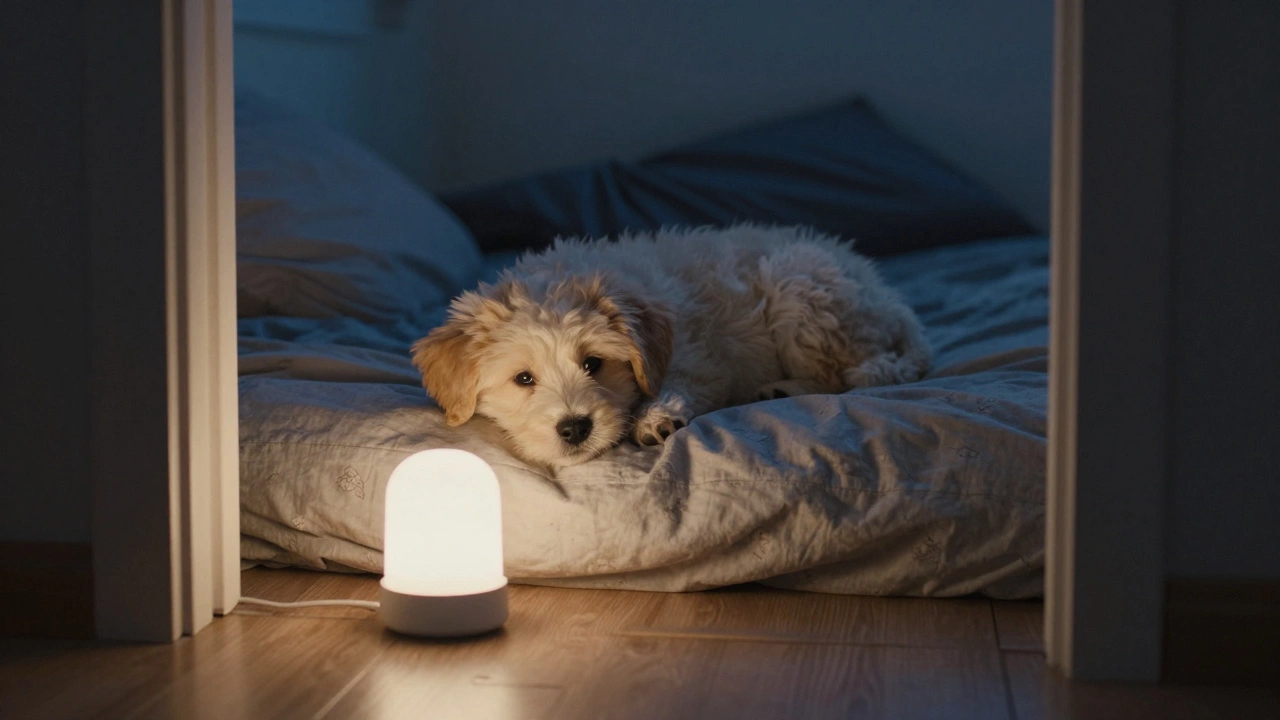Pet owners often grapple with the question of whether to leave the lights on or off for their beloved canine companions at night. Truth is, dogs have their unique set of sleep habits, quite different from us humans. The way a dog perceives light and darkness can affect their sense of security and restfulness.
Through ages, dogs have evolved as creatures of habit, with instincts developed from their ancestors who once roamed in the wild. Just as humans have varied preferences when it comes to sleeping conditions, dogs too have their quirks. Some enjoy a dim-named ambiance that mimics twilight in nature, while others prefer a pitch-black darkness that echoes the den where their ancestors once sheltered.
In this article, we explore how to best support your four-legged friend’s slumber—from the potential benefits of turning off the light to practical tips on crafting a snug, sleepy haven. Journey with us as we sniff out the answers to the light dilemma, ensuring sweet dreams for your beloved pooch.
- Understanding Canine Sleep Patterns
- Do Dogs Need Darkness?
- Creating a Cozy Sleep Environment
- Listening to Your Dog's Preferences
- Practical Tips for Better Dog Sleep
Understanding Canine Sleep Patterns
Just like their human counterparts, dogs have sleep patterns that are pivotal to their health and well-being. However, the way they achieve rest can differ greatly from what we understand as a human sleep cycle. On average, a canine might sleep anywhere between 12 to 14 hours a day. This amount can vary based on factors such as breed, size, age, and activity level. Larger breeds like the Great Dane may nap more extended periods, while smaller breeds such as the Jack Russell Terrier display bursts of activity interspersed with shorter rests. Puppies and older dogs, much like infants and the elderly in humans, tend to need greater amounts of sleep.
Unlike humans, who typically have consolidated and continuous sleep at night, dogs often follow a polyphasic sleep pattern. This means that dogs take short naps throughout the day and night rather than a single long sleep. These naps can last anywhere from 45 minutes to an hour and are often followed by wakeful activity. Their sleep is usually divided into two main types—non-REM (Rapid Eye Movement) and REM sleep, with the latter believed to be where dreaming occurs. During a 24-hour period, dogs spend approximately 10% of their sleep time in the REM phase, compared to 25% in humans, which might be why they require more sleep hours in total.
The evolutionary basis of this pattern can be traced back to the wild, where these spells of restfulness allowed ancient canines to remain alert for potential threats and opportunities. The domestication over thousands of years hasn't entirely erased these instincts. Generally, a dog's environment and routine play a significant role in defining their sleep cycle. An active dog engaged in various activities throughout the day is likely to have less interrupted sleep than one that experiences dullness or anxiety. Addressing these can enrich their ability to achieve beneficial rest. As Dr. Stanley Coren, a psychologist and author of numerous books on canine behavior, puts it, "You need to consider sleeping patterns to understand what your dog might naturally prefer in terms of light and dark cycles."
Consequently, understanding a dog’s natural sleep pattern helps set the stage for optimal rest conditions. Alarmingly, sleep deprivation in dogs can manifest as restlessness, irritability, and sometimes destructive behavior, reinforcing the importance of considerate sleep conditions. Paying attention to how your dog naturally sleeps doesn’t just mean better nights for them but also leads to a healthier, happier pet relationship. This deeper appreciation of sleep needs can steer owners to gently adjust environmental factors like lighting to mimic as closely as possible the conditions that best support these innate sleep requirements.
| Dog Age | Recommended Sleep Hours |
|---|---|
| Puppy | 18-20 |
| Adult | 12-14 |
| Senior | 14-18 |
Do Dogs Need Darkness?
When it comes to the question of nighttime lighting for our furry friends, the answer is not as straightforward as one might expect. Much like humans, dogs have their own unique preferences and needs when it comes to sleep. Research indicates that dog sleep is influenced by their natural instincts, circadian rhythms, and the environment they have adapted to live in. Canines have inherited a denning instinct from their ancestors, who used dark, enclosed spaces for rest, safety, and raising their young. This instinctual behavior might suggest a preference for darkness during sleep. However, the answer is not one-size-fits-all.
Studies highlight that dogs are crepuscular creatures, meaning they are naturally more active during twilight—dawn and dusk. This behavior is a throwback to their wild ancestors, who adapted to hunt during these low-light periods to avoid the heat of the day and the dangers of night-time predators. Their eyes have evolved to see well in dim light, which explains why bright lights may not be as comforting for them. A dog’s ability to navigate in low light is thanks to more rod cells in their retinas, which are specialized for low-light vision, much like how night-vision goggles work for humans. Thus, leaving a soft, warm glow instead of a glaring light might be more relaxing for your dog.
Veterinarian Dr. Lisa Lippman notes, "While most dogs will rest in the dark, some may feel secure with a dim nightlight, especially those who may be anxious or have a previous trauma associated with the dark. Like us, the difference between complete darkness and a moderate amount of light can affect how they sleep."While no empirical evidence overwhelmingly supports the idea that dogs universally require darkness, anecdotal evidence from pet owners suggests that some dogs indeed feel more tranquil with lower lighting. If your pup has trouble settling in darkness, it might be worth experimenting with a gentle night light.
Creating the right sleep environment also depends on other factors, such as breed, age, and the dog's living situation. For instance, older dogs or ones with impaired vision might struggle with total darkness, while a young and healthy dog might use their acute senses to adapt swiftly. In the end, it’s essential to consider what makes your four-legged friend feel safe and relaxed, leading to quality rest. Consistent cues at bedtime can help as well—maintaining regular sleeping patterns, comfortable dog beds, and familiar pleasant smells can contribute to a stress-free bedtime ritual.
In some cases, observing your dog's behavior towards light exposure can give you an insight into their true preferences. Monitor how your dog reacts when lights are off. Do they rest easily, or are they restless and anxious? It might take some experimenting, but discovering the ideal environment for your canine can significantly improve their sleep quality.
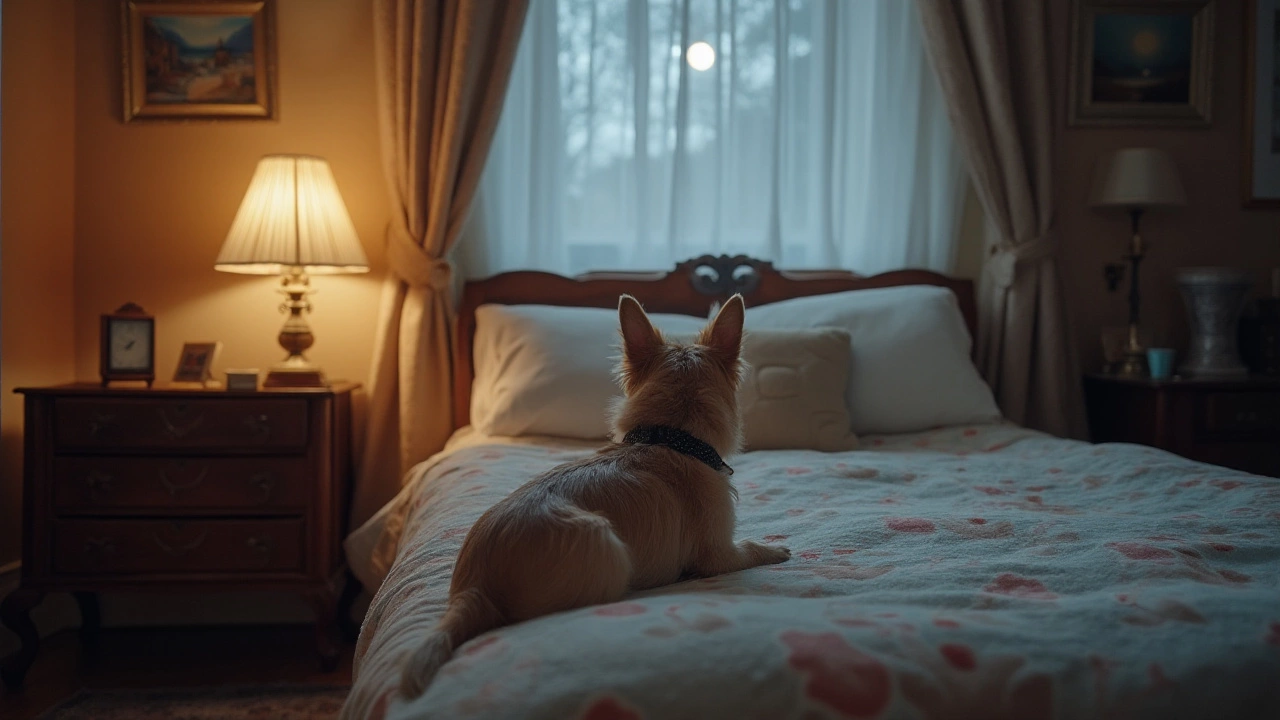
Creating a Cozy Sleep Environment
Every pet deserves a spot that feels like a sanctuary, where they can unwind and drift off peacefully. To craft such a haven for your dog, it’s vital to understand what elements contribute to a cozy space. Comfortable dog beds are at the heart of such an environment. Dogs appreciate a bed that offers the right support, made from materials that promote restful sleep—orthopedic beds are especially popular among senior dogs, providing relief from joint aches. Selecting a dog bed that fits your pup’s size ensures they have enough room to stretch yet feel contained and secure.
But it doesn’t stop at the bed. Consider the placement of their sleeping area. It’s best to position their bed in a quiet part of the home, away from bustling activity and noise. Dogs are social creatures, and they often enjoy sleeping near family members, sharing the warmth and camaraderie, but they also value a bit of personal space to retreat when needed.
Lighting plays a crucial role too. While dogs are capable of seeing in low light, excessive brightness can disturb their slumber. A simple nightlight can offer enough illumination for safety without being intrusive. Studies suggest that somewhere between 55-60% of dogs prefer dim-lit spaces during sleep, mirroring the shadows of their ancestral dens.
Temperature is another key consideration. Dogs are sensitive to temperature shifts, and ensuring their sleeping spot maintains a comfortable climate helps them sleep soundly. Use cozy blankets during the colder months and opt for cooling mats when the mercury rises.
Moreover, their bedtime routine is not to be overlooked. A predictable schedule, including evening walks and calming activities like gentle petting or relaxation music, can signal it’s time to wind down. As famed veterinarian Dr. Karen Shaw Becker puts it,
“A consistent evening routine helps with training and promotes good mental health, contributing to your dog’s overall well-being.”
Listening to Your Dog's Preferences
When it comes to ensuring that your dog has the best sleep experience, tuning into their unique preferences can make all the difference. Dogs, much like people, have their own set of wants and dislikes that guide their behaviors and habits, especially when it comes to rest. For some dogs, the presence or absence of light during the night is an important factor in their sleep comfort. As pet owners, it is our responsibility to become keen observers of our furry friends and to make informed decisions based on their behavior cues. This journey requires patience, understanding, and at times, a little creativity to tailor their environment to their specific needs.
Many dog owners find that their dogs thrive on a predictable routine, which includes the consistency of lighting during bedtime. If your dog seems restless at night, or if they seek comfort outside their dog bed, it may be worth considering how the lighting in their sleep area could be affecting them. Some dogs feel more secure with a small nightlight, mimicking the glow of the moon, particularly those with vision impairments. Canine biologist Dr. Rachel Barrack notes, "Just as we are guided by the rise and fall of the sun, our pets have evolved to have nuances in their circadian rhythms, impacting how they perceive their surroundings during nighttime."
Observing how your dog reacts to different lighting situations can provide valuable insights. Notice if they gravitate toward darker or lighter corners when it's time to rest. This behavior could indicate their preference for sleeping in dimness or absolute darkness. It's these subtle cues that serve as a guide to make adjustments in their sleep environment. Moreover, take note of any sleep disruptions and what precedes them. Routine factors such as meal times, play sessions, or disturbances from neighbors may interplay with the lighting conditions to affect a dog's sleep quality. This holistic view offers a better picture of what truly influences restful sleep for your canine.
Another element to consider is the breed of your dog. Breeds known for their heightened sensory perceptions, such as Border Collies and German Shepherds, might be more sensitive to light variations. Meanwhile, smaller breeds like pugs or bulldogs, which are prone to respiratory issues, could be less affected by lighting changes due to their frequent need for breaks throughout the night. Understanding these breed-specific tendencies can inform and enrich the way we set up a conducive dog sleep environment.
Finally, obtaining guidance from fellow dog owners can also be invaluable. Online forums and local pet communities are teeming with anecdotal experiences that might resonate with your situation. These platforms provide a wealth of shared knowledge where owners discuss what worked and didn’t work for their dogs, often inspired by trial and error. When pooled together, these narratives form a tapestry of ideas that begets further exploration and personalization for better nighttime comfort. Trusting your instincts and remaining adaptable with your approach ensures that the bond between you and your pet strengthens, making nighttime as enjoyable as sunshine-filled days.
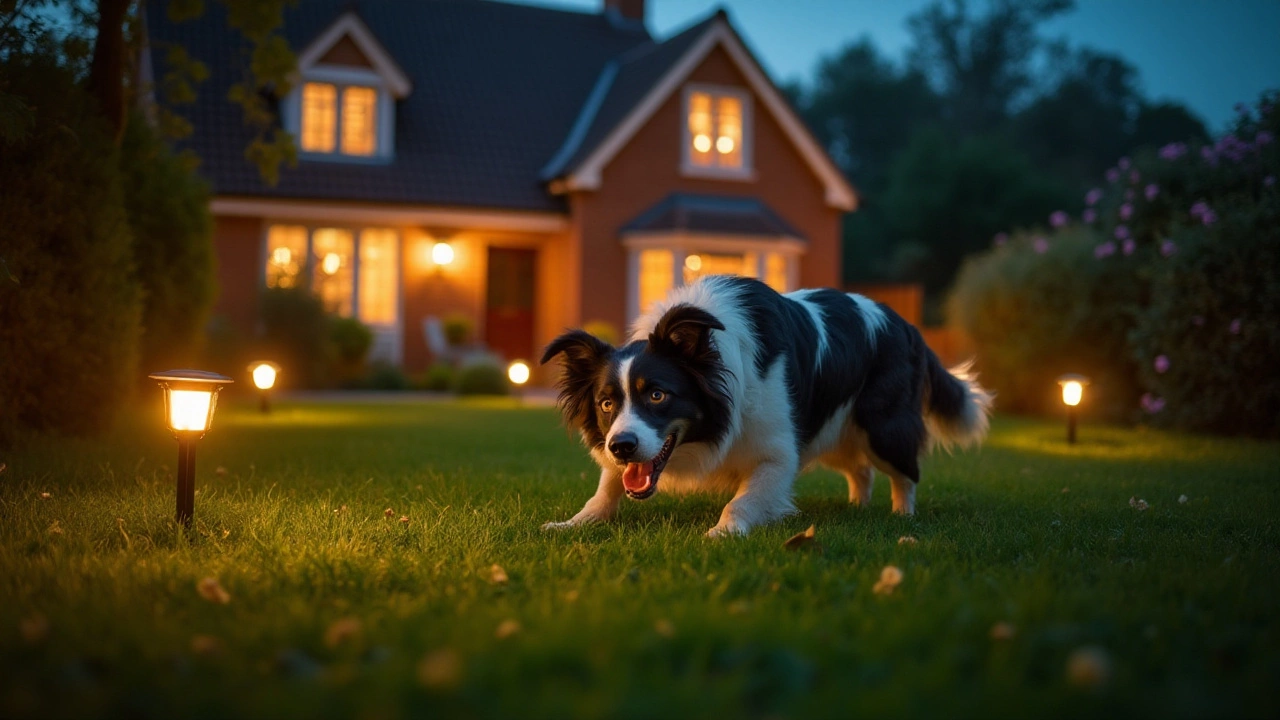
Practical Tips for Better Dog Sleep
Creating the perfect slumber haven for your furry friend is an art form that blends warmth, comfort, and a touch of understanding. To begin with, consider the quality of your dog's sleep space. A cozy, supportive bed is a must for any pup. Opt for materials that provide both cushioning and support to protect their joints, especially for senior dogs who might benefit from memory foam or orthopedic options. Place this bed in a quiet corner where your dog can retreat to whenever they're in need of a nap. Much like humans, dogs appreciate a personal space that offers a touch of serenity.
Lighting plays a pivotal role in your dog's restfulness. Experiment with turning off the lights, utilizing nightlights, or incorporating other dim lighting to see what atmosphere your dog prefers. Some dogs might display a penchant for darkness, channeling their inner den instincts. Others might feel more secure with a faint glow to reassure them in the dark. The trick is observing your pet's body language and behavior to decode what truly makes them comfortable.
"Dogs, like humans, flourish in environments where they feel safe and secure," reports Dr. Sara Ochoa, a noted veterinarian. "Their sleep quality can greatly influence their daily mood and health."
The temperature of the room should also be considered; make sure it is neither too hot nor too cold. Just as excessive heat can lead to restless sleep, chilling temperatures might make your dog curl up too tightly to stay warm, impacting their restfulness. Consider using a small fan or a heater as necessary to maintain an optimal and consistent temperature throughout the year.
Routine and Ritual
It's wise to cultivate a sleep routine for your dog. Much like toddlers, dogs thrive on consistency and routines. A set bedtime routine can include a short walk, some gentle play, and a final trip to the bathroom. These activities will help your dog unwind and signal that it’s time to settle down for the evening. Try implementing calming elements such as gentle petting or soft music, designed specifically for dogs, which could help soothe anxious puppers.
Understanding Dietary Impact
Don’t overlook the impact of diet on dog sleep. A well-fed dog is more likely to sleep contently, so ensure they have had their evening meal well in advance of bedtime. Avoid feeding them immediately before sleep to prevent any digestive upsets, which might lead to discomfort during the night. Additionally, provide fresh water but monitor its intake to avoid trips outside in the middle of the night.
- Appropriate meal portions to avoid obesity-related sleeping problems.
- Experimental treats rich in calming nutrients like chamomile-infused snacks.
- Slow-feeder bowls to encourage relaxation during meals.
Remember to check for anything that might disrupt your dog's sleep, such as allergies, pests, or other health issues. Regular vet check-ups can catch potential problems before they impact sleep quality. Let this guide assist you in ensuring that your furry friend's sleep environment is both functional and snug, paving the way for nights filled with sound, satisfying sleep.

